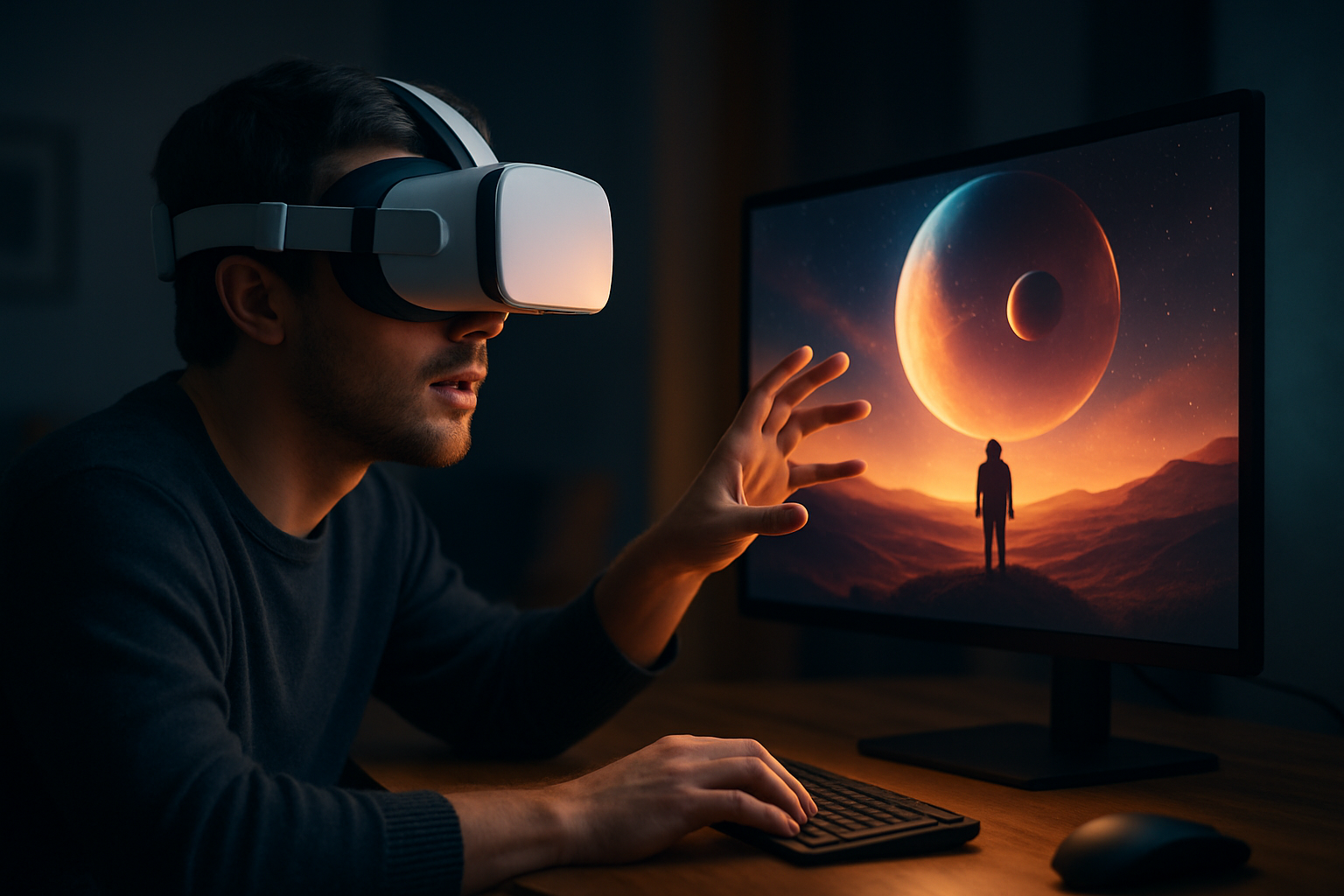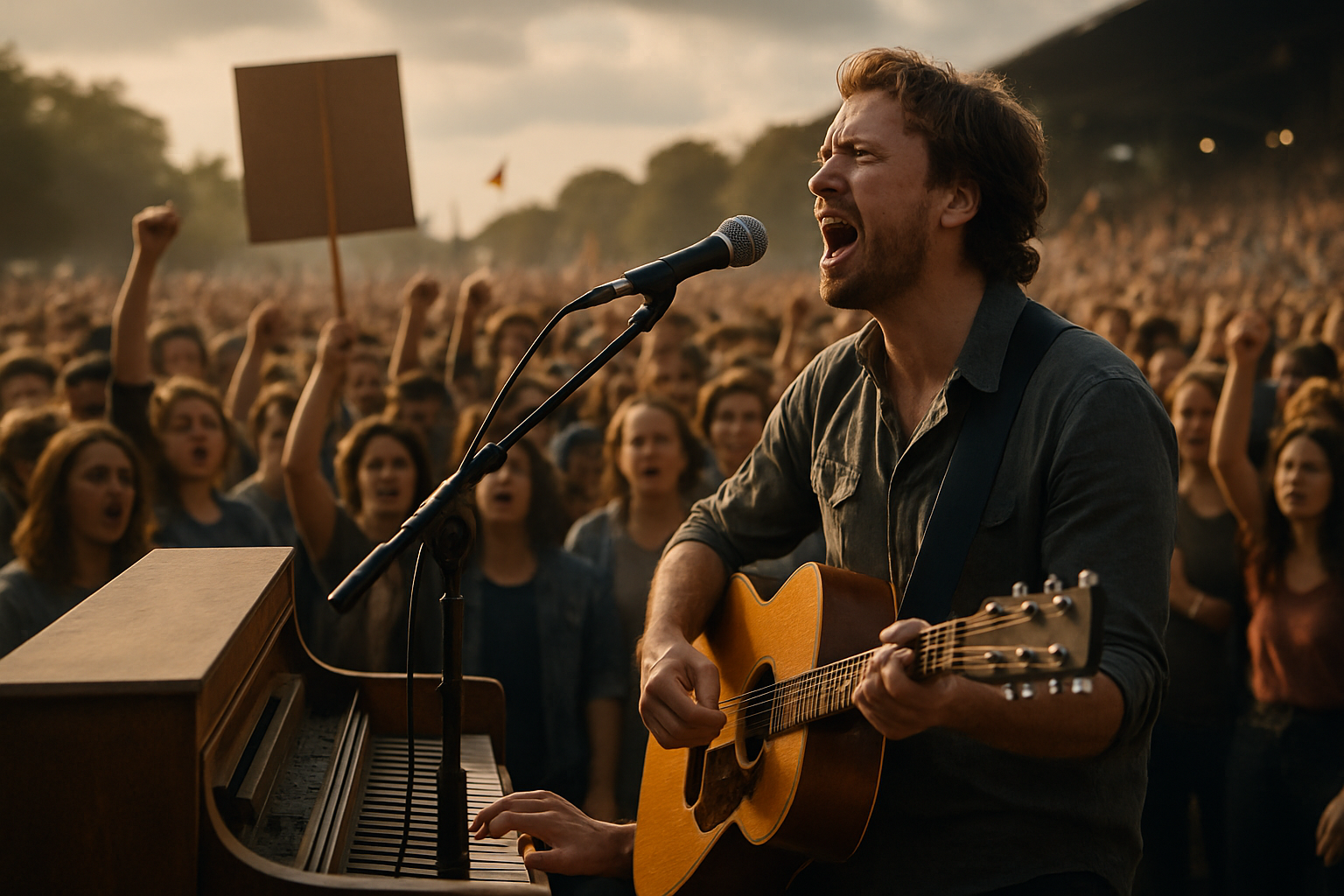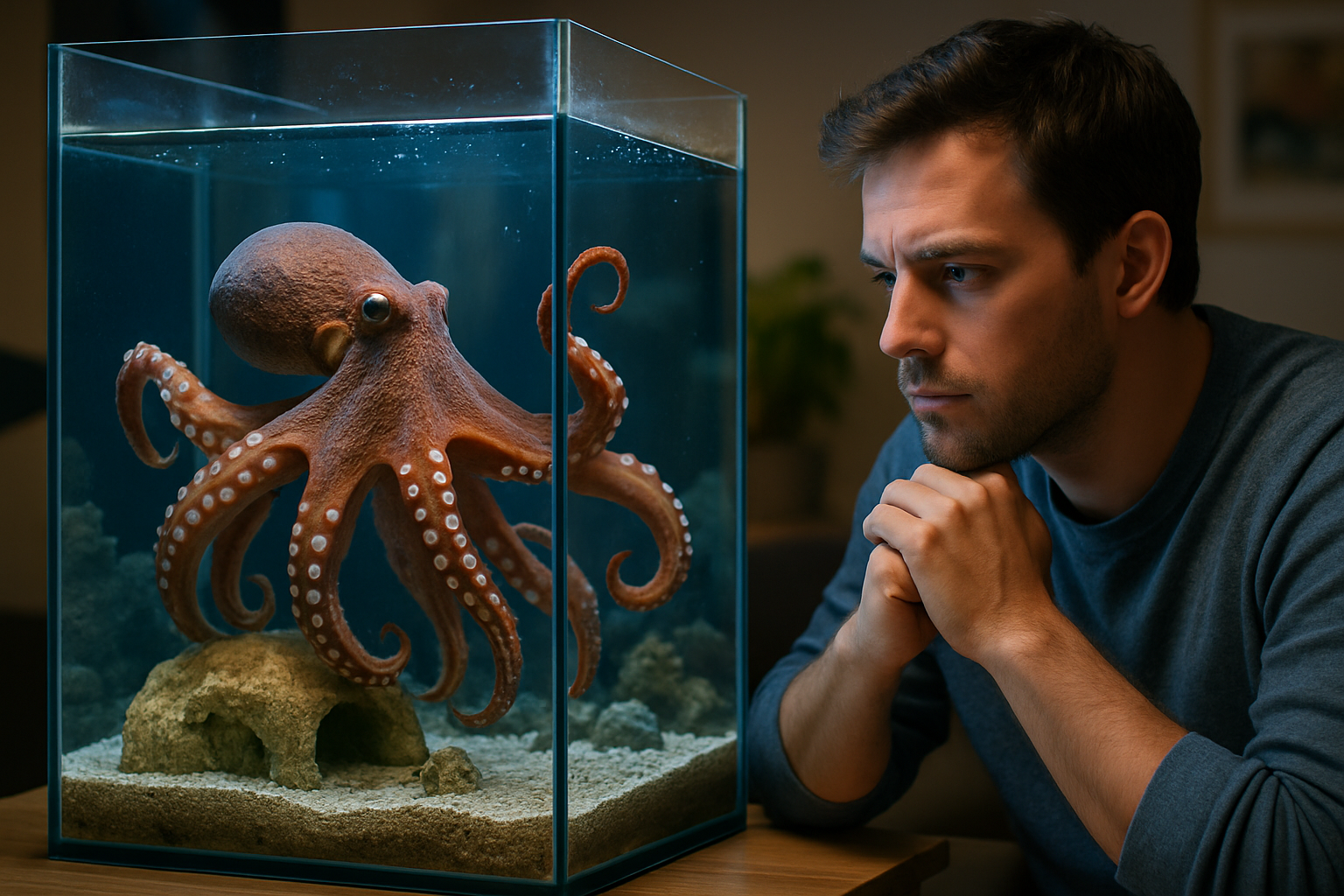Unfolding the Expanse of Immersive Storytelling in Virtual Reality
Introduction: Dive headfirst into the captivating world of immersive storytelling in virtual reality. This article uncovers the birth, evolution, and current state of this groundbreaking form of artistic expression, shedding light on its significance and impact on the arts and entertainment industry.

The Genesis of Immersive Storytelling in Virtual Reality
Immersive storytelling in virtual reality (VR) has its roots in the mid-20th century when inventor Morton Heilig conceptualized the Sensorama, a device that provided a multi-sensory cinematic experience. However, it was only in the 1980s that the concept of VR was truly born, with the advent of the term ‘virtual reality’ by Jaron Lanier, founder of VPL Research. Lanier and his team developed some of the first VR goggles and gloves, laying the groundwork for what would become a revolution in storytelling.
The Evolution and Expansion of VR Storytelling
The 1990s saw the rise of VR in pop culture, with movies like ‘The Lawnmower Man’ and ‘The Matrix’ shaping public perception of this technology. Advances in computing power in the 2000s further pushed the boundaries of VR, making it more accessible and affordable. Today, VR storytelling has become an integral part of the arts and entertainment industry, with filmmakers, game developers, and artists leveraging the technology to create immersive, interactive narratives that transport audiences into different worlds.
The Impact and Significance of VR Storytelling
The power of immersive VR storytelling lies in its ability to make audiences active participants in the narrative, rather than passive observers. This form of storytelling challenges traditional narrative structures and offers a new way for audiences to connect with stories on a deeper, more personal level. The potential of VR storytelling extends beyond entertainment, with applications in education, therapy, and social activism.
The Current State of VR Storytelling
Today, VR storytelling is at a pivotal point. With advances in AI and machine learning, the lines between reality and virtuality are blurring. Recent VR projects like ‘The Under Presents’ and ‘Gloomy Eyes’ are testaments to the power of this medium, offering innovative, thought-provoking narratives that push the boundaries of storytelling.
The Future of Immersive Storytelling in VR
As we move into the future, the potential of VR storytelling is limitless. As technology continues to evolve, so too will the ways in which we tell and experience stories. Amid the ongoing global pandemic, the importance of VR as a tool for creating shared experiences despite physical distance has become even more apparent. Today, the arts and entertainment industry stands on the brink of a new era, with VR storytelling at the forefront of this revolution.
In conclusion, immersive storytelling in virtual reality is reshaping the arts and entertainment landscape. From its humble beginnings to its current state, VR has come a long way, offering an innovative platform for creators and a transformative experience for audiences. As we look to the future, one thing is clear - VR storytelling is here to stay, and its impact will be felt for years to come.






